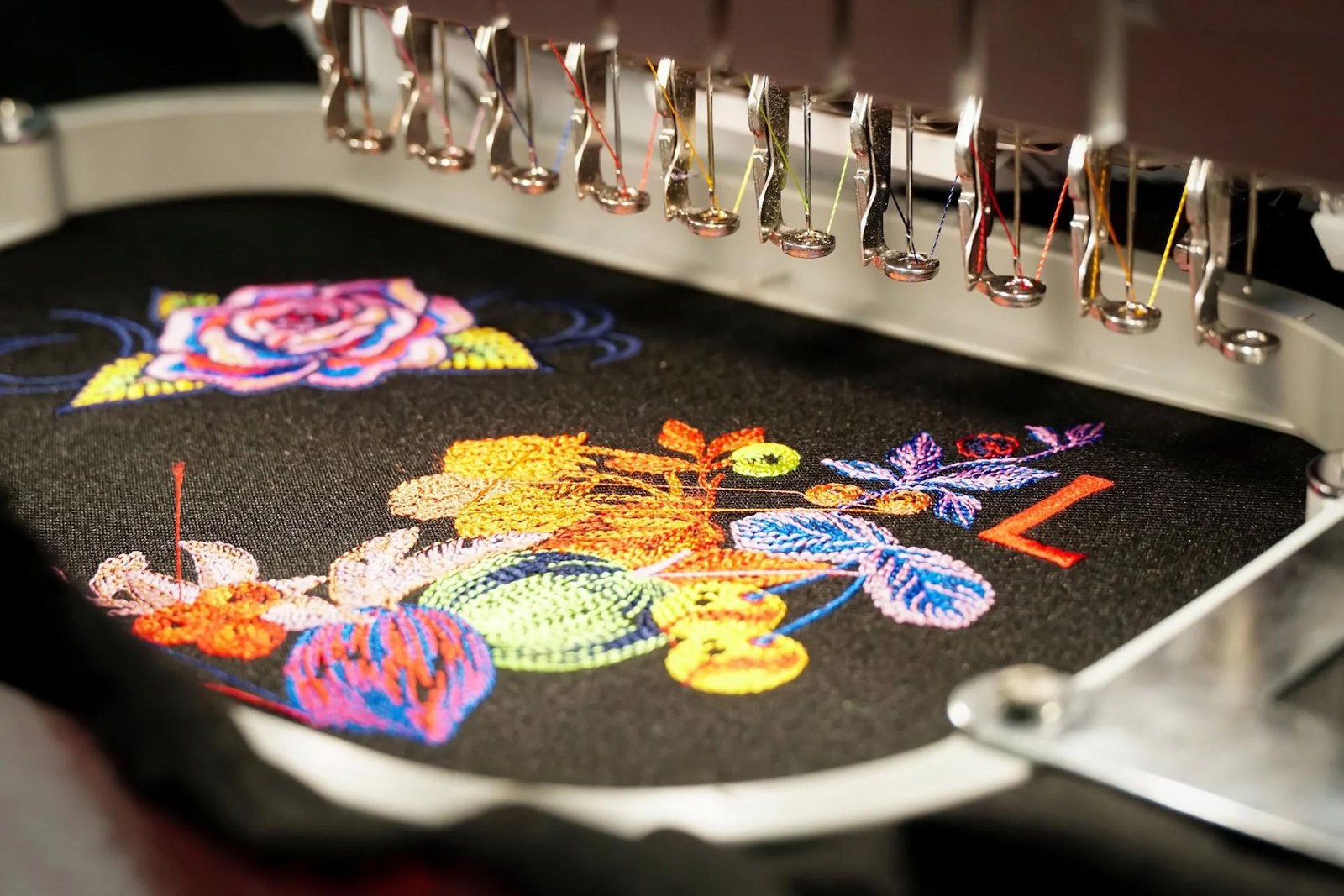Safety is something that you cannot compromise when working on platforms and trestles. These materials can lift tons of reinforcements, but it will not save you from injury if you cannot use it properly. That is why employers must implement safety protocols to ensure that workers are only working within the prescribed height when using these work trestles. The Health and Safety Authority previously set a two-meter height requirement, but it is no longer the case when working with trestles, so they implemented new rules and regulations. Here is the essential information you need to know about working on Platforms and Trestles:
Definition of a Working Platform
It is any platform used as a place of work or a means to access progress from a workplace. It includes any scaffold, cradle, trestle, gangway, gantry, and even stairway.
Working at height
The potential risk of injury or death is possible when working on heights. Work at height regulations defines work at height as a work in any above or below ground level where a person could have injury falling from such. It also includes access to or egress to a specific place of work. A construction worker on the trestle, flat roof, formwork, ladder, excavations, or working on fragile materials qualifies him for working at height.
If you are an employer, the regulations from the Work at Height works as a manual. It will guide the employer about how essential it is to plan out and organize any work at height in the workplace. Further, there should be risk assessments to check possible risks to workers before they can work. It also includes appropriate control over inspection and maintenance issues. The said regulations also ensure that the employers use proper work equipment and that people working on those platforms are competent enough to be there.
Risk assessments
It is part of the standard operating procedure of any agency to conduct risk assessments regarding their policies. Risk assessment is all about the careful examination of what could harm people while performing the activity. With risk assessments, you can take precautions to prevent the occurrence of harm to everyone. To further understand how risk assessment works, everything will start with looking for the hazards. What do you think are the possible hazards these workers might encounter, and then you will identify which among your workers may experience these hazards and how it might happen?
Later on, as they work, you need to evaluate whether your precautionary measures are adequate or other things you can add up. Most importantly, you need to record your findings and review your assessments from time to time especially on crucial times involving more people working on specific platforms. You always need to consider the equipment, work duration, location, working conditions, and workers’ physical health.
Requirements for Work at Height
As part of risk assessment, planning to work at height must have careful consideration of different variables before taking it into action. Employers need to account for the supervision of these workers while working. It includes the weather and the working conditions where the workers are and any emergency or rescue procedures that may happen under certain unavoidable circumstances. It is part of the risk assessment’s coverage as discussed previously because the employers must carefully plan out necessary precautions and interventions for the workplace.
Selecting the appropriate types of equipment
Your people may be competent, but if you do not have the right equipment to work, the workplace is still dangerous for everyone. When selecting work equipment for height, the working environment is one of the things to look at. The ground conditions, constraints, and other people in the same area needs consideration. As an employer, you should also consider how long you will use the equipment and the possible emergency procedures to implement in case of injury. You also need to understand what type of work will be carried out by your people so you can decide what dimensions it should have that will not cause any risk to the people in the same place. All types of equipment, their dimensions, and how they will be used must be part of the risk assessment too.
Using Platforms and Trestles
When working on platforms and work trestles, it is important that you consider if these platforms have sufficient dimensions that would allow safe passage and use of the workers. It should be free from any form of hazards that could fall while working. Furthermore, the platform and work trestle must fit with handrails and toeboards while keeping it not too loaded. This is to ensure that it is free from risk of collapsing that would hinder their safety. Last but not the least, it must be clean and tidy from any debris that could build upon platforms and trestles while standing firmly on the ground for stability reasons. Regular inspection of these platforms and work trestles is necessary because it will ensure the equipment’s stability and people’s safety.
With all these things that you need to know before you put people to do the work, training them would be the best thing you could do to help them understand the importance of safety protocols they should follow while working. From building the foundation of the materials to be used, their entire usage of the equipment for work, and until they have to dismantle every single one they used, it is a good thing that they are informed about how serious you are in implementing safe work systems for their benefit too.




